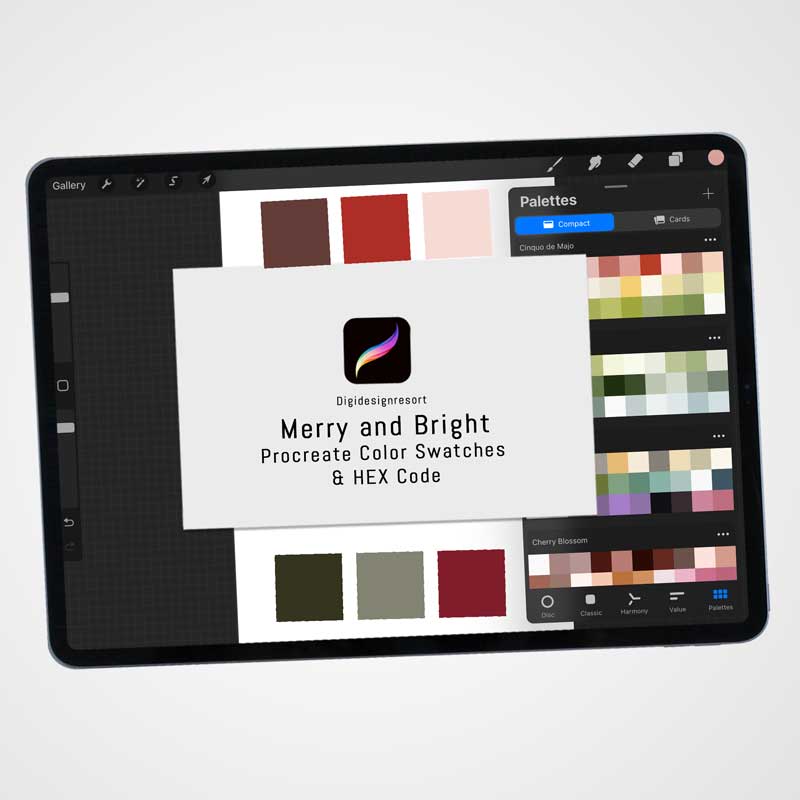Design projects, whether they involve creating wall art or designing greeting cards, rely heavily on visual appeal. Among the myriad of design elements, color stands out as a fundamental aspect that can make or break the success of a project. Colors play a crucial role in eliciting emotions, conveying messages, and setting the tone for any design. In this article, we will delve into why selecting the right colors is paramount in design projects.
Evoke Emotions and Mood
Colors have a profound impact on our emotions and perceptions. Different colors evoke different feelings and moods. For instance, warm colors like red and orange can create a sense of excitement and energy, while cool colors like blue and green can induce feelings of calmness and tranquility. By choosing the appropriate colors that align with the intended emotional response, you can effectively convey the desired message to the audience.
Communicate Messages and Meanings
Colors are a universal language that can communicate ideas and messages without the need for words. They are associated with various meanings and interpretations across different cultures and contexts. For instance, red often signifies passion or danger, while green is commonly associated with nature or health. Utilizing colors that resonate with the theme and purpose of the project can enhance its communicative power.
But don't forget sometimes combining colors, like red and green, say "Christmas" because beside a few others those are the perfect Christmas colors. So you always need to see colors in context as well. The best is to try to figure out the meaning of a product or a project.
For example, the color palettes I create and sell here at Digidesignresort usually stand for "something". So if you see red and green, yes, that can be Christmas while blue and white might say Winter.
Let's have a look at two of my palettes:

In this preview you can just see six of the colors but of course you can have a look at all of them - just go to the product. If you do you'll see that I picked colors from a typical winter day. If you think of a true winter wonderland - what colors do you see then? The cold blue of the sky, maybe the grey tones of muddy snow where the kids have played and of course a bit brown of the trees.

Once again we can make up a typical Christmas picture. I see myself as a child in front of the Christmas tree with lots of presents around me. Our Christmas tree, usually in a saturated green, usually had Christmas ornaments in different colors - such as red and gold. We were sitting in the living room with brown cupboards and the table full of food!. I can even hear the Christmas music my grandma had playing. If you feel that as well a color palette is speaking to you!
When you look at a color palette to figure if it's great for your project try to imagine a scene the palette should implement. If you feel the colors match to the scenes you have in mind you have most probably found the perfect color palette!
Create Visual Hierarchy
In any design, it's crucial to guide the viewer's eye and attention to specific focal points. The appropriate use of color can aid in establishing a visual hierarchy within the design. Vibrant or contrasting colors can be used to highlight important elements, while subdued colors can be employed for less prominent features. This strategic use of colors ensures that the viewer perceives the design in a structured and organized manner.
Enhance Brand Identity
For commercial projects, particularly in branding and marketing, selecting the right colors is integral to establishing a strong brand identity. Colors become synonymous with a brand and can evoke instant recognition and association. For instance, when you see the combination of red and white, Coca-Cola may immediately come to mind. Consistency in using specific colors across various design elements reinforces brand recognition and fosters a lasting brand image.
What brand do you have in mind? Maybe Apple withs its silver apple? Or Microsoft with the colorful logo?
Consider Cultural and Contextual Relevance
Understanding the cultural and contextual implications of colors is vital, especially in a globalized world where designs reach diverse audiences. Colors can carry different meanings in different cultures. For example, while white symbolizes purity in Western cultures, it signifies mourning in some Eastern cultures. Being mindful of these cultural nuances ensures that your design is well-received and doesn't inadvertently convey an unintended message.
Aid Accessibility and Inclusivity
Considering color accessibility is a vital aspect of design, ensuring that the chosen color palette is inclusive for all viewers, including those with color vision deficiencies. Designers need to select colors that have sufficient contrast and are easily distinguishable. This approach guarantees that the design is accessible to a broader audience and adheres to inclusive design principles.
Actually this is valid if you design a logo for a brand but not that much if you design a pattern. Of course then you can play with all the different colors available (actually we have 16 Million to chose from!)
Conclusion
In the realm of design projects, color isn't merely a visual component; it's a language that speaks to the viewers' emotions, perceptions, and cultural understanding. The right colors can transform a design, making it appealing, meaningful, and impactful and they can also evoke a memory. Thus, careful consideration and understanding of color theory are essential for designers to create designs that resonate with their intended audience and achieve the desired objectives. The power of color in design cannot be underestimated—it's the palette that paints a thousand words.
What colors speak to you in what ways? Maybe challenge yourself and have a look at my color palettes in the store. Train your understanding for color and also your mind by finding a story for each palette. Let me know in the comment what you see in which color palette!
